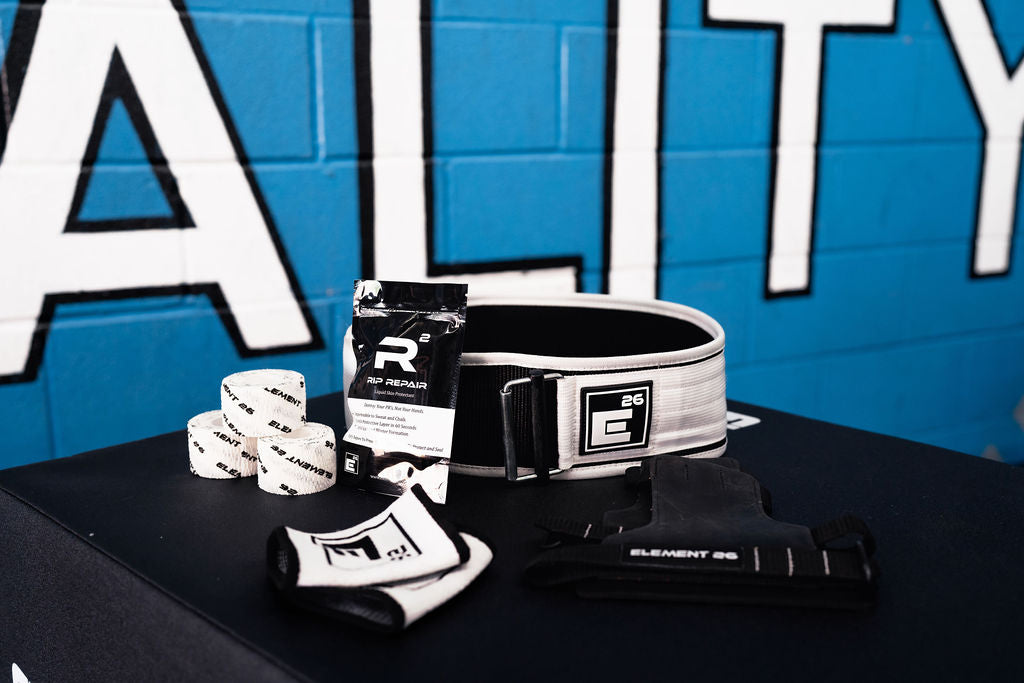How to Warm-up Properly.

Part 1.
Performing a warm-up is a central part of most individual’s training routine.
While there are unique styles of warming-up that many of you have seen in the gym, ranging from the most simplistic to those severely drawn-out, there are some inherent benefits provided in performing a dynamic warm-up prior to training.
Whatever your preferred style of warming up is, there are some important elements that should be incorporated while adhering to specific time-frames.
Should you stretch?
Important elements that should be incorporated involve minimal use of passive stretching techniques (i.e sustained stretching for >30-60 seconds) and prolonged use and reliance of foam rolling for increasing tissue temperature and perceived “tissue restrictions.”
While sustained stretching can be incorporated at the end of training to increase the body’s tolerance to tissue tension and increase passive range of motion, a warm-up that relies on passive, sustained stretches has demonstrated reduction in muscular strength and endurance.
If your ultimate goal is to increase strength and function, sustained stretching should be avoided to allow adequate motor unit recruitment, neuromuscular facilitation and tissue tensile strength.
The use of foam rolling should also be discouraged because there is lack of evidence suggesting any benefit in range of motion beyond a short-duration of time (i.e 5 min).
If foam rolling has been a part of your regular warm-up routine, minimize the duration to 5 min or less, which will increase time spent on more dynamic components.
What’s the best way to stretch and warm-up?
Proper elements of a warm-up should consist of modes such as a bike, treadmill or elliptical to increase blood flow and prepare the cardiovascular system for more intense exercise, followed by specific exercise selection similar to the demands that day.
For example, if the expected workout incorporates squats and deadlifts, utilizing specific exercises such as inchworms and pause goblet squats can be helpful to improve position and prepare the lower body for exercise.
Following these with light barbell squats and/or RDLs beginning with the bar for one or more sets, and then progressing sequentially will, over time, demonstrate a much more time-efficient strategy while still accomplishing the same objectives. When properly executed, warming-up should only take 10-20 minutes, at most, and you should feel prepared for that day of training.
Elements of a proper warm-up:
-
Duration: 10-20 min
-
Bike, Treadmill, Elliptical, etc to begin
-
2-3 Dynamic drills
-
If olympic lifting, practice drills with barbell until warm and notice increase in range of motion
-
If strength training with barbell, perform first movement with barbell for multiple sets, then add weight
-
If performing a WOD, run through expected lifts with lighter weight
Performing a warm-up prior to training is commonly seen in the majority of individuals who exercise.
The benefits include increase in focus/attention, increase systemic blood flow, reduction in pain sensitivity, and overall increase in physical preparedness for exercise.
While there are conflicting thoughts and suggestions that you can find, talking to the local trainer at your gym, a lifting-partner, or online, there are central elements that should be incorporated for a warm-up.
While certain elements will be based on a person’s individual preference, reliance on passive modalities such as foam rolling or prolonged stretching should be avoided, while dynamic exercises should be incorporated that mimic the expected positions and lifts to be performed.
You’ll find that over time, your warm-up routine will be of less duration, saving time and energy and help you obtain your specific goals.
Written by: Jeff Tremblay
Jeff is a Doctor of Physical Therapy, Performance Coach, and Certified Strength and Conditioning Specialist.
He is actively treating patients and coaching athletes of all disciplines, ranging from youth to high level athletes.
Jeff is an active member of the E26 community and lives by the motto: "Destroy Your PR's, Not Your Body."
To reach Jeff or any member of the Element 26 Team, please email us at: support@element26.co and we will respond to you ASAP!





Leave a comment